Science
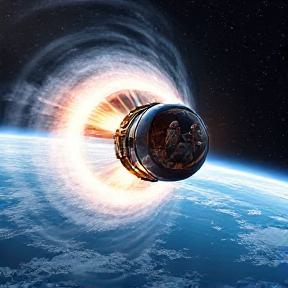
NASA to Gather In-Flight Imagery of Commercial Test Capsule Re-Entry
NASA to Gather In-Flight Imagery of Commercial Test Capsule Re-Entry NASA’s Scientifically Calibrated In-Flight Imagery (SCIFLI) team will gather data on The Exploration Company’s Mission Possible capsule as it returns to Earth following its launch on a SpaceX Falcon 9 rocket. The SCIFLI team, stationed in Hawaii and flying aboard an agency Gulfstream III aircraft, […]
🔬 Science
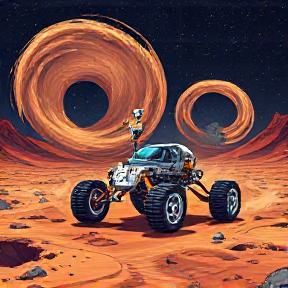
NASA’s Human Exploration Rover Challenge
NASA’s Human Exploration Rover Challenge NASA’s Human Exploration Rover Challenge is in its 31st year, an annual engineering competition that challenges students to design and build a lunar rover. The 2025 challenge required teams to power their rovers either with human pilots or remote control, with over 500 students from around the world participating. Teams […]
🔬 Science

Method turns urine into super valuable material
Method turns urine into super valuable material A research team has engineered a yeast platform that converts human urine into hydroxyapatite, a high-value, biocompatible substance for use in dental and bone implants. The process achieves two goals at once: removing human urine from wastewater streams and producing a material that can be commercially marketed for […]
🔬 Science

Light-powered reactions could make the chemical manufacturing industry more energy-efficient
Light-powered reactions could make the chemical manufacturing industry more energy-efficient A team of scientists has developed a system that uses light to power chemical reactions, which could make the chemical manufacturing industry more energy-efficient. The system, called photoredox catalysis, uses an organic catalyst that absorbs multiple photons of light and stores energy to kick-start reactions […]
🔬 Science

Laser beams power soft robotic arm for complex tasks
Laser beams power soft robotic arm for complex tasks Rice University researchers have developed a soft robotic arm that can perform complex tasks like navigating around obstacles or hitting a ball, guided and powered remotely by laser beams without any onboard electronics or wiring. The robotic arm uses azobenzene liquid crystal elastomer—a type of polymer […]
🔬 Science

Is Mars really red? A physicist explains the planet’s reddish hue and why it looks different to some telescopes
Is Mars really red? A physicist explains the planet’s reddish hue and why it looks different to some telescopes Mars’ reddish hue comes from iron oxide in rocks and dust covering its surface, not just blood as ancient cultures believed. The planet’s color can vary depending on the location, with most of Mars appearing rusty […]
🔬 Science

Discovery challenges decades-old ideas about brain flexibility
Discovery challenges decades-old ideas about brain flexibility A new study challenges decades-old assumptions about brain flexibility by revealing that the brain uses distinct transmission sites to achieve different types of plasticity. The research, published in Science Advances, found that spontaneous and evoked transmissions use separate synaptic transmission sites, each with its own developmental timeline and […]
🔬 Science
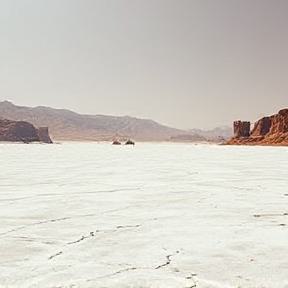
Curiosity Blog, Sols 4573-4574: Welcome to the Uyuni Quad
Curiosity Blog, Sols 4573-4574: Welcome to the Uyuni Quad Curiosity Rover has successfully completed its activities at the “Altadena” drill site and moved to the next mapping quadrangle, known as the Uyuni Quad. The rover’s exploration area has been divided into 1.5 kilometer by 1.5 kilometer square quads, with each quad named after a town […]
🔬 Science

Bumblebee queens take days off
Bumblebee queens take days off Bumblebee queens, responsible for founding their colonies, take regular breaks from reproduction to avoid burning out before their first workers arrive. The pauses in egg-laying appear to be triggered by the developmental stages of the existing brood, with queens resuming reproduction when pupae are present. Researchers monitored over 100 queens […]
🔬 Science
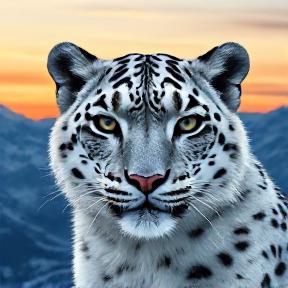
AI helps tell snow leopards apart, improving population counts for these majestic mountain predators
AI helps tell snow leopards apart, improving population counts for these majestic mountain predators Researchers are using AI to help identify individual snow leopards from camera trap photos, which can be challenging due to poor lighting, angles, and obscuring parts of the animal. The current method for identifying individuals involves comparing patterns of black rosettes […]
🔬 Science
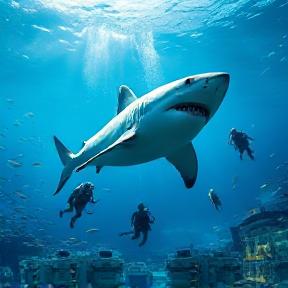
50 years after ‘Jaws,’ researchers have retired the man-eater myth and revealed more about sharks’ amazing biology
50 years after ‘Jaws,’ researchers have retired the man-eater myth and revealed more about sharks’ amazing biology 50 years after the release of “Jaws,” researchers have debunked the myth that sharks are mindless killers, revealing their amazing biology and fascinating adaptations. Sharks have an incredible ability to replace their teeth throughout life, with some species […]
🔬 Science

‘Magic’ lenses make infrared light visible
‘Magic’ lenses make infrared light visible Researchers have developed an ultra-thin lens that can transform infrared light into visible light, using a special metasurface composed of nanostructures. The new process allows for mass production of these metalenses, which are 40 times thinner than human hair and made from lightweight materials like lithium niobate. The metalenses […]
🔬 Science

NuSTAR Art + Coloring Pages
NuSTAR Art + Coloring Pages NASA has released a series of coloring pages inspired by the NuSTAR mission. The coloring pages are available for download as PNG and PDF files, featuring various themes such as spacecraft, the Sun, stellar remains, X-ray binaries, and spiral galaxies. Each page is designed to be visually appealing and educational, […]
🔬 Science

NASA’s SLS Rocket: Booster Separation Motors
NASA’s SLS Rocket: Booster Separation Motors NASA’s SLS Rocket has the largest and most powerful solid propellant boosters to ever fly, standing 17 stories tall. The boosters generate 3.6 million pounds of thrust each, with a total of 7.2 million pounds for both boosters, exceeding that of 14 four-engine jumbo commercial airliners. Each booster has […]
🔬 Science
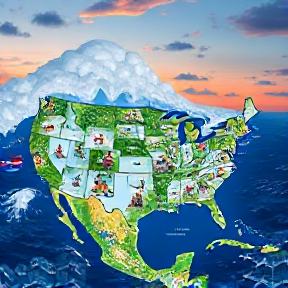
NASA’s Hurricane Science, Tech, Data Help American Communities
NASA’s Hurricane Science, Tech, Data Help American Communities NASA uses its unique vantage point to study hurricanes from space, providing critical data for forecasting and decision-making. The agency’s satellites and sensors monitor sea surface temperature, ocean heat content, wind patterns, and atmospheric stability to identify early warning signs of hurricane formation. NASA also tests new […]
🔬 Science

Listen: Are we training AI to think too much like humans?
Listen: Are we training AI to think too much like humans? James Evans, a University of Chicago sociologist and data scientist, believes that current AI models are being trained to think too much like humans. This narrow approach is holding back scientific exploration and limiting our ability to discover new breakthroughs. Evans advocates for building […]
🔬 Science
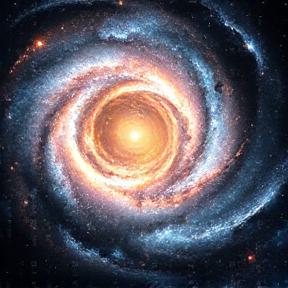
Hubble Studies a Spiral’s Supernova Scene
Hubble Studies a Spiral’s Supernova Scene Hubble Space Telescope has captured an image of the spiral galaxy IC 758, which appears peaceful but hides a cataclysmic past. The galaxy was affected by a powerful supernova explosion in 1999, known as SN 1999bg, which marked the end of a massive star far more than the Sun’s […]
🔬 Science

How your air conditioner can help the power grid, rather than overloading it
How your air conditioner can help the power grid, rather than overloading it Researchers have found that coordinating the operation of large numbers of home air-conditioning units can help balance supply and demand on the power grid, increasing the reliability of the grid and making it easier to accept more renewable energy. The system developed […]
🔬 Science
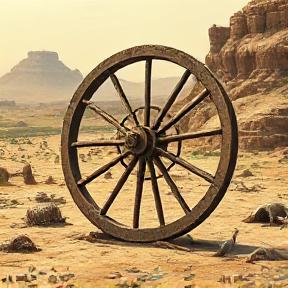
How was the wheel invented? Computer simulations reveal the unlikely birth of a world-changing technology nearly 6,000 years ago
How was the wheel invented? Computer simulations reveal the unlikely birth of a world-changing technology nearly 6,000 years ago The wheel’s invention is still shrouded in mystery, but recent computer simulations suggest that it may have originated from wooden rollers around 6,000 years ago. A team of researchers discovered over 150 miniaturized wagons made from […]
🔬 Science

Far Out
Far Out Pismis 24, a star cluster located 8,000 light-years from Earth, was initially thought to be a single massive star. The star’s mass was estimated to be around 200-300 solar masses, making it potentially the most massive known star in the galaxy. However, measurements taken by NASA’s Hubble Space Telescope revealed that Pismis 24-1 […]
🔬 Science

Energy Star, on the Trump administration’s target list, has a long history of helping consumers’ wallets and the planet
Energy Star, on the Trump administration’s target list, has a long history of helping consumers’ wallets and the planet Energy Star, launched by the US Environmental Protection Agency in 1992, has become one of the most recognizable environmental certifications in the country, helping consumers save money and reduce energy use. The program has saved consumers […]
🔬 Science
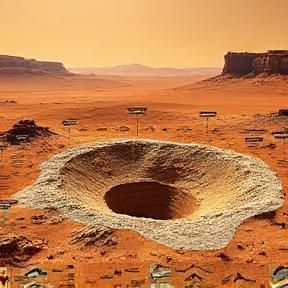
Curiosity Blog, Sols 4568-4569: A Close Look at the Altadena Drill Hole and Tailings
Curiosity Blog, Sols 4568-4569: A Close Look at the Altadena Drill Hole and Tailings The Curiosity rover has been exploring the Martian bedrock within the boxwork structures on Mount Sharp, focusing on the Altadena drill hole and tailings. The rover used its instruments to image and characterize the chemistry of the wall of the drill […]
🔬 Science

Bed bugs may be the first human pest
Bed bugs may be the first human pest Bed bugs are likely the first human pest, according to new research that compared the whole genome sequence of two genetically distinct lineages of bed bugs. The human-associated lineage of bed bugs followed a similar demographic pattern as humans and may be the first true urban pest, […]
🔬 Science

Your brain learns from rejection − here’s how it becomes your compass for connection
Your brain learns from rejection − here’s how it becomes your compass for connection Rejection can be emotionally painful, but it can also teach us something about other people and help us navigate relationships better. Research has shown that rejection triggers distress, increases stress hormone cortisol levels, reduces sense of belonging, and can even lead […]
🔬 Science
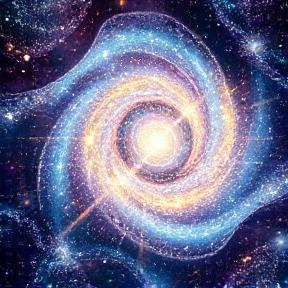
Where is the center of the universe?
Where is the center of the universe? The concept of the center of the universe is challenging to understand due to its dynamic and expanding nature. The universe’s expansion means that everything, including galaxies, is moving away from each other, not just galaxies moving away from us. The space between galaxies, rather than the galaxies […]
🔬 Science
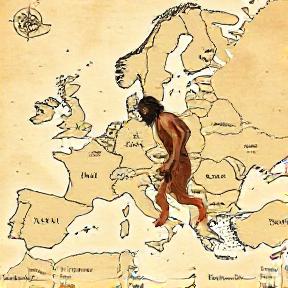
Team maps Neanderthal travels across Europe and Eurasia
Team maps Neanderthal travels across Europe and Eurasia A team of anthropologists has mapped possible pathways taken by Neanderthals during their migration across Europe and Eurasia, using computer simulations to recreate their routes. The researchers found that Neanderthals likely used river valleys as natural highways and traveled during warmer periods to cover approximately 2,000 miles […]
🔬 Science
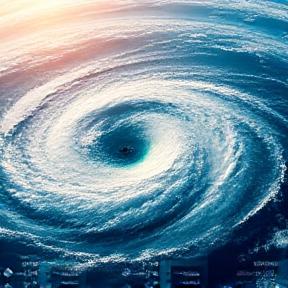
NASA’s TROPICS Mission: Offering Detailed Images and Analysis of Tropical Cyclones
NASA’s TROPICS Mission: Offering Detailed Images and Analysis of Tropical Cyclones TROPICS Mission: A NASA mission that aims to provide detailed images and analysis of tropical cyclones using a constellation of small satellites, offering high spatial resolution and high revisit rates. The TROPICS mission addresses a critical need for obtaining three-dimensional temperature and humidity measurements […]
🔬 Science
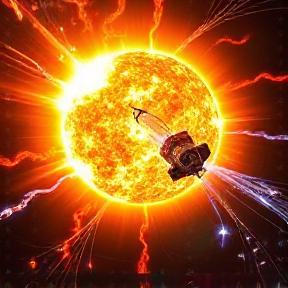
NASA’s CODEX Captures Unique Views of Sun’s Outer Atmosphere
NASA’s CODEX Captures Unique Views of Sun’s Outer Atmosphere NASA’s CODEX instrument has captured unique views of the Sun’s outer atmosphere, revealing temperature changes and gusty, uneven flow. The CODEX instrument, located on the International Space Station, uses a coronagraph to measure the speed and temperature of solar wind using special filters. These first-of-their-kind measurements […]
🔬 Science
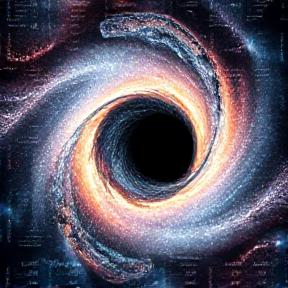
NASA’s Chandra Sees Surprisingly Strong Black Hole Jet at Cosmic “Noon”
NASA’s Chandra Sees Surprisingly Strong Black Hole Jet at Cosmic “Noon” NASA’s Chandra X-ray Observatory has detected a surprisingly strong black hole jet at cosmic “noon,” which occurred about three billion years after the universe began. The jet, located 11.6 billion light-years from Earth, was illuminated by the leftover glow from the big bang and […]
🔬 Science
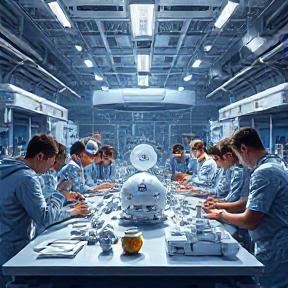
NASA Student Challenge Prepares Future Designers for Lunar Missions
NASA Student Challenge Prepares Future Designers for Lunar Missions NASA’s Student Design Challenge (SUITS) prepares future designers for lunar missions by inviting university and graduate students to design, build, and test interactive displays integrated into spacesuit helmets. The challenge aims to support astronauts with real-time navigation, task management, and scientific data visualization during moonwalks, while […]
🔬 Science
